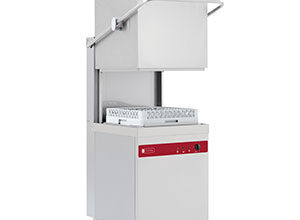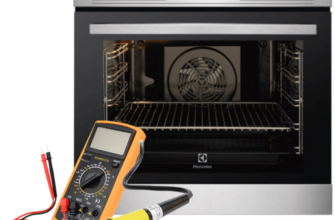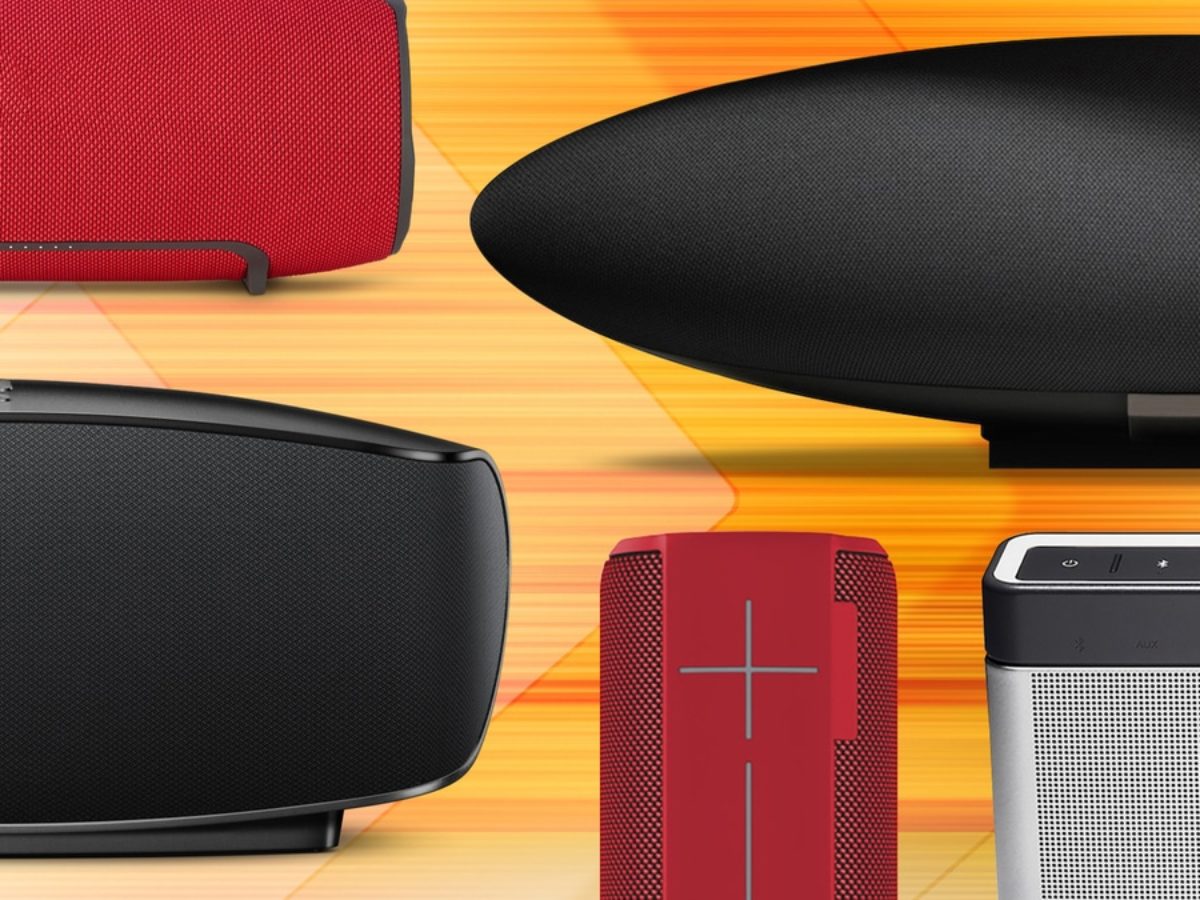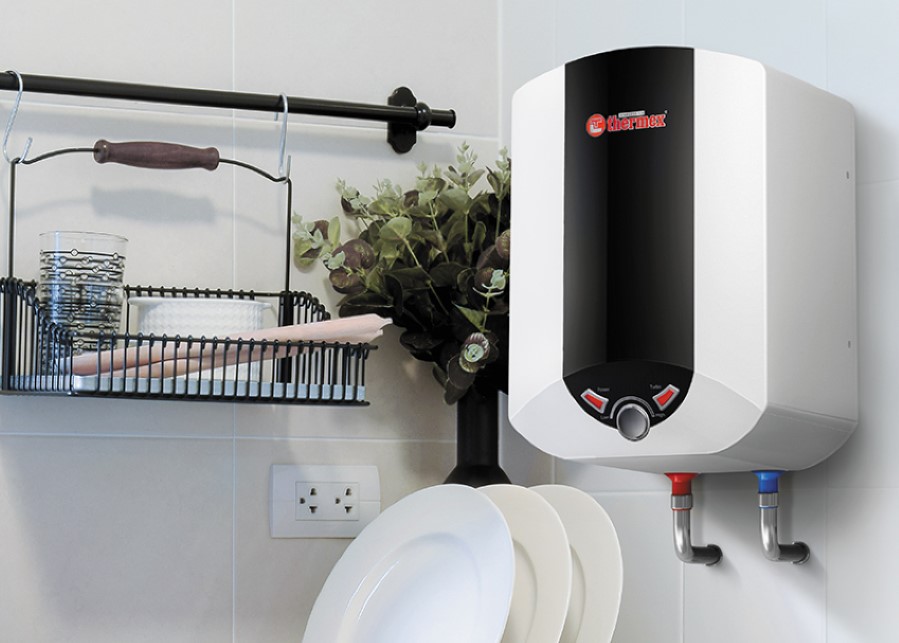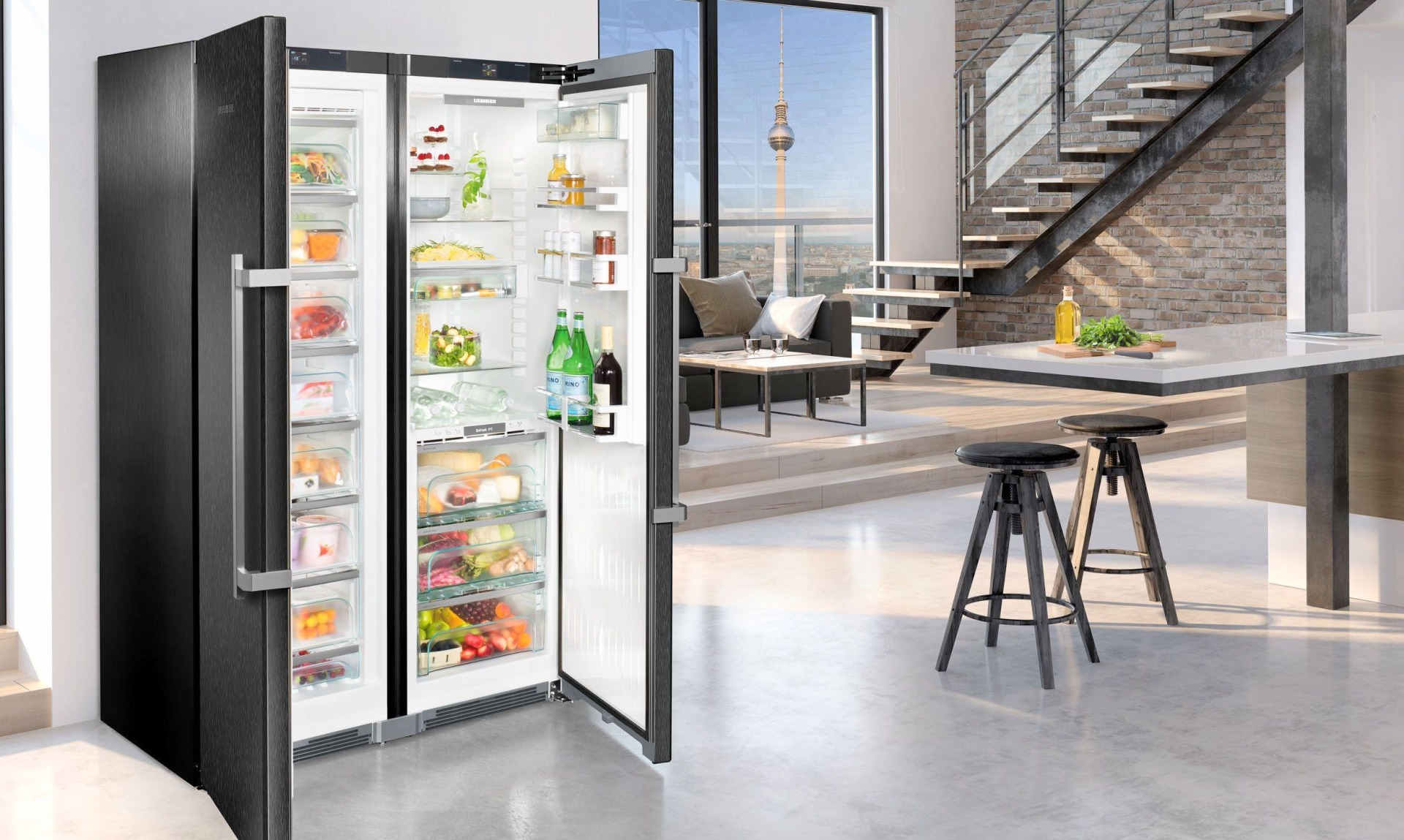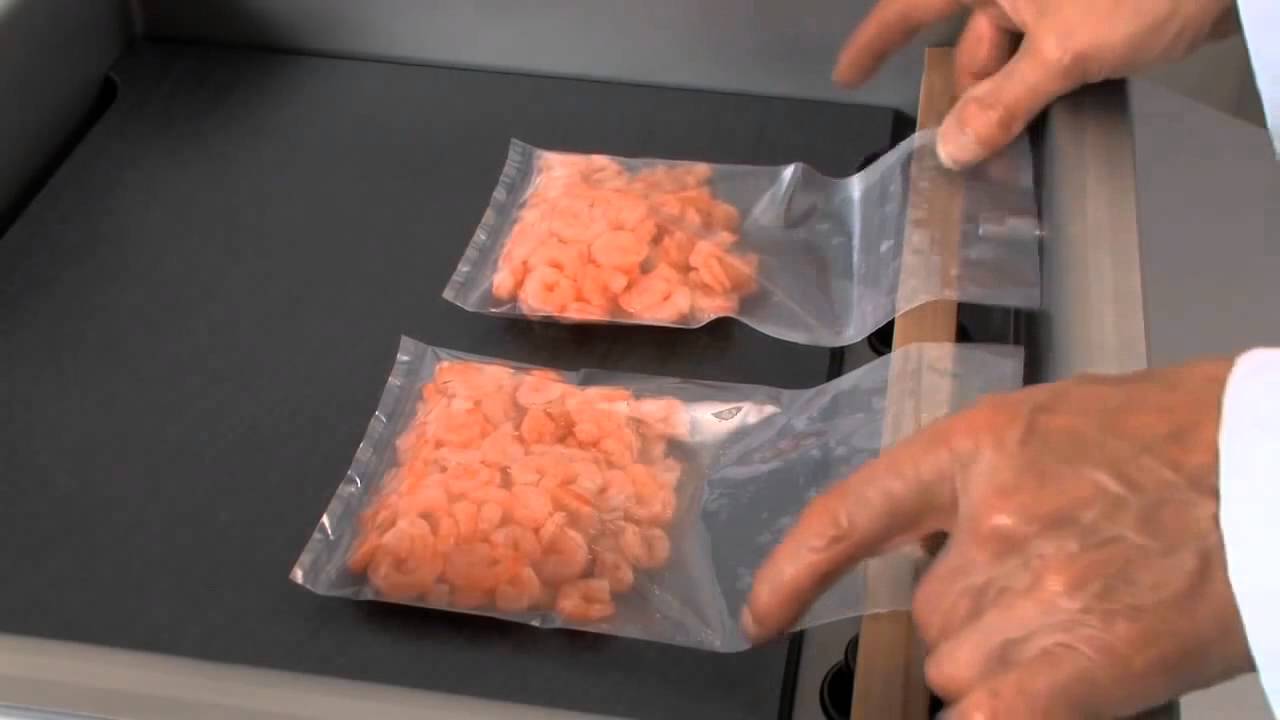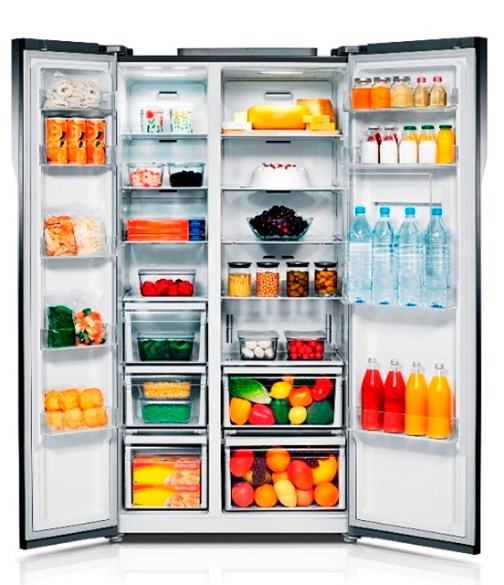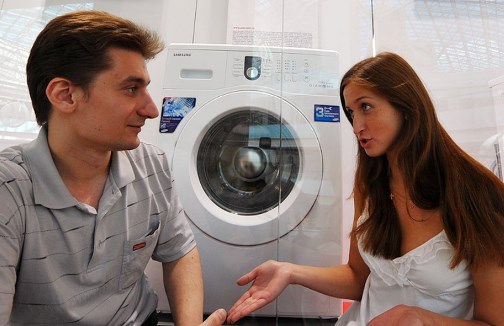The history of induction cookers dates back to the 1970s. Then the first induction hobs appeared in American homes and restaurants.. Today they replace gas and electric stoves.. In a few years, we will witness the dominance of induction panels over other similar appliances available on the market..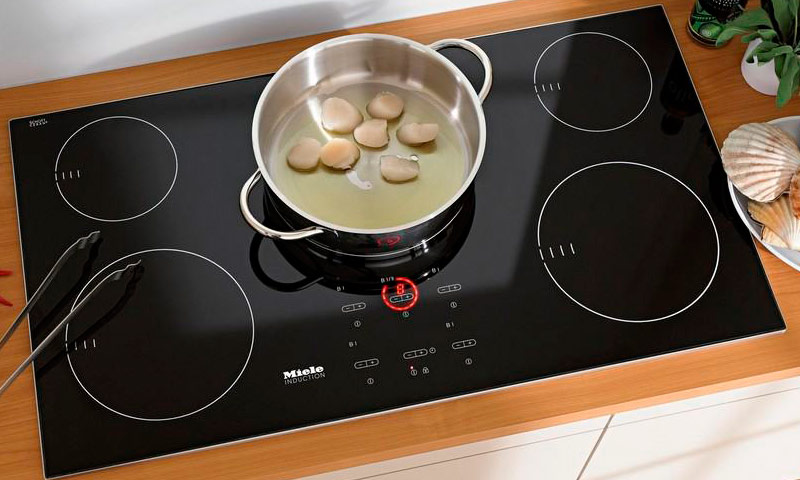
The most common malfunctions of the induction hob
- Cookware suitable for induction hobs.
- The induction hob does not detect (does not see) the dishes placed on it constantly or sometimes.
- Works only one or two fields.
- Control panel not working, does not respond to touch (only buzzer is heard).
- Touchpad displays an error (see the user manual to determine the cause of the problem).
- The hob is completely unresponsive to touch.
- Damage to the induction hob due to overheating of the hob circuits – this is a common reason for rejection. There must be good ventilation under the induction hob. (the space under the hob must not be tightly closed), especially when installing the hob above the oven.
If you find any of the above problems on your household appliances, don't try to fix it yourself. This is a complex device and for its repair it is necessary not only to have a professional tool, but also have the necessary knowledge and skills. It is better to entrust this work to professionals.. To order Electrolux hob repair, Friend, Ariston, Beko, Gorenje, Indesit, Mastercook, Smeg and other manufacturers, you can at an affordable price in the "Fix Service".
How an induction cooker works?
The device works on the principle of electromagnetic induction, here the so-called induction coil is used. A magnetic field is created between the surface of the plate and the vessel placed on it.. it, in its turn, creates eddy currents in the vessel, which eventually heats up. The glass plate does not heat up, because induction only affects ferromagnetic metal, that is the one, to which a magnet sticks (the magnet test is a good way to check, Is the cookware suitable for an induction hob?).
The induction field additionally generates heat (and, Consequently, consumes energy), only if it is in direct contact with metal utensils. If something is spilled on the induction cooker, nothing will happen. The hob is always almost cold.
Electricity consumption
The induction hob has a very high efficiency. Here is a percentage comparison with other types of stoves:
- induction cooker – 90%
- ceramic plate – 60%
- gas stove – 45%
- conventional electric stove – 40%
induction or ceramic?
Here it is necessary to take into account not only the energy balance and usability of induction cookers, but also the speed of cooking. The induction hob works great in every way.
High efficiency means much shorter cooking times, and this – save time in the kitchen and save energy. Maintenance is also no problem. – spilled food does not stick!
Cookware suitable for induction hobs
What can:
- steel or enamelled cast iron;
- iron or unglazed cast iron;
- stainless steel and aluminum, if there is a mark, that the cookware is suitable for use on induction cookers.
pans, which cannot be used on an induction hob:
- kitchen utensils with a smaller diameter than recommended by the manufacturer;
- ceramic and glassware;
- stainless steel cookware, aluminum, bronze or copper, unless explicitly stated, that it is suitable for induction cookers;
- crockery with legs, with a convex bottom.
For proper operation of the induction hob, pans must have a flat bottom with a diameter within the range specified by the manufacturer.. Best results are obtained if the diameter of the pan is equal to the diameter of the cooking zone.. Cookware must have a ferromagnetic bottom.
Material source: https://servicecenter.co.ua/ – workshop where they can fix any household appliances!
